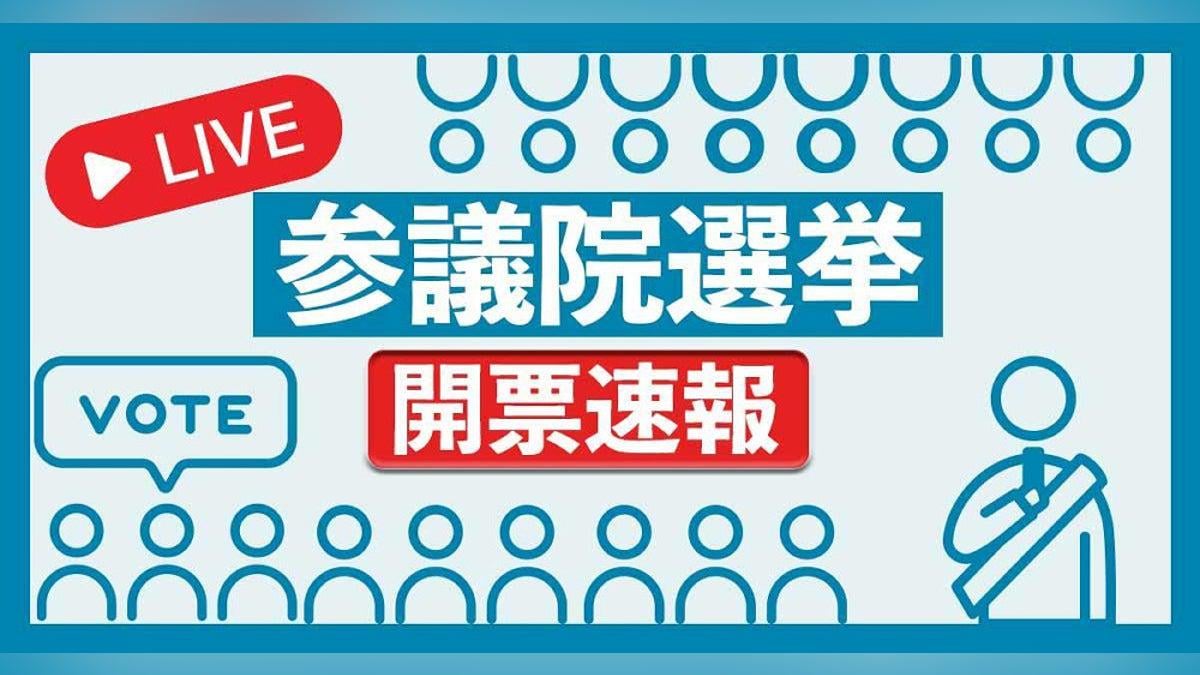
The voting for Japan’s Upper House election ended at 8 p.m. on July 20. The main question is whether the ruling coalition (Liberal Democratic Party and Komeito) can keep a majority in the chamber, including the seats not up for election this time.
Key Highlights:
- Saya (Sanseito): Newcomer Saya won a seat in the highly competitive Tokyo district.
- Ishin Party (Japan Innovation Party): Won its first seat in Kyoto, with former TV announcer Shohei Niimi elected.
- Kitamura Haruo (Japan Conservative Party): A lawyer and TV personality, is expected to win through proportional representation.
- Yamamoto Taro (Reiwa Party): Criticized the focus on immigration issues, saying the real concern should be the economy and people’s daily lives.
- Shimba (Democratic Party for the People): Said they probably won’t form a coalition with LDP, the ruling party, stressing policy over partnerships.
- Moriyama (LDP): Avoided commenting on taking responsibility, saying it’s too early to speak as votes are still being counted.
- Kamiya (Sanseito leader): Confident the party will win many seats.
Other Results:
- Daichi Suzuki (LDP) and Saya (Sanseito) are projected to win in Tokyo.
- Team Mirai (led by AI engineer Takahiro Yasuno) is set to win a seat.
- Fumihiro Izumi, former mayor of Akashi, is likely to win in Hyogo.
Ruling Party’s Struggle:
- According to Yomiuri Shimbun, the ruling LDP-Komeito coalition may not reach its goal of 50 seats in this election.
- They need 50 more seats to reach a total majority of 125 (including their 75 seats not up for election).
- Meanwhile, the opposition aims to win at least 77 seats to flip control of the chamber.
Voter Turnout:
- As of 4 p.m., turnout was 22.42%, slightly lower than the last election in 2022.
- Early voting reached a record high with 21.45 million people voting in advance.
Tight Races in Single-Member Districts:
- Of the 32 single-seat districts, the ruling party is only clearly ahead in 4.
- Many districts that were once safe have now become tight races, especially in areas like Tohoku, Shikoku, and Kyushu.
Overall, the ruling party faces a tough battle to maintain its majority, and the results could shake up Japan’s political landscape.
by MagazineKey4532
